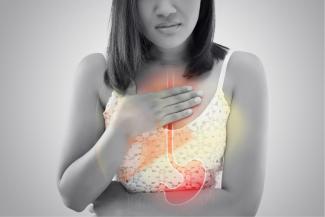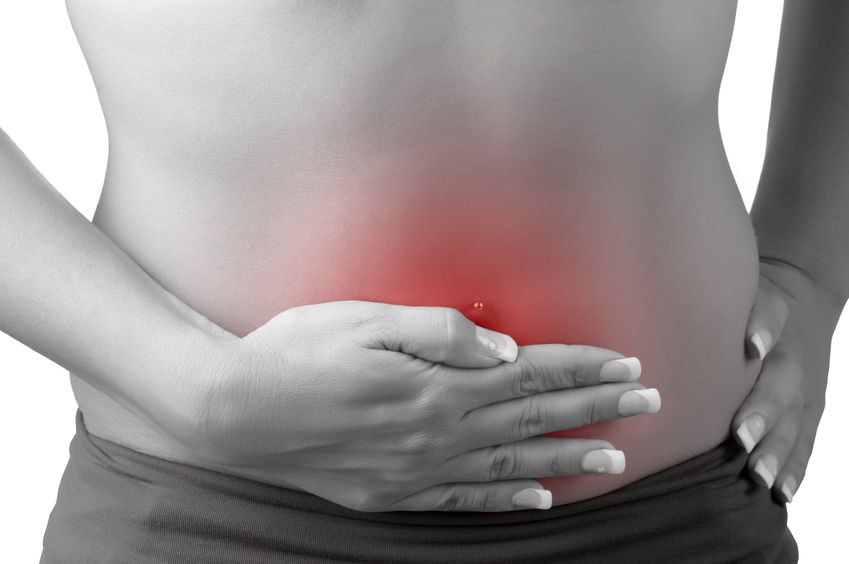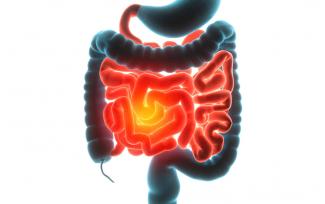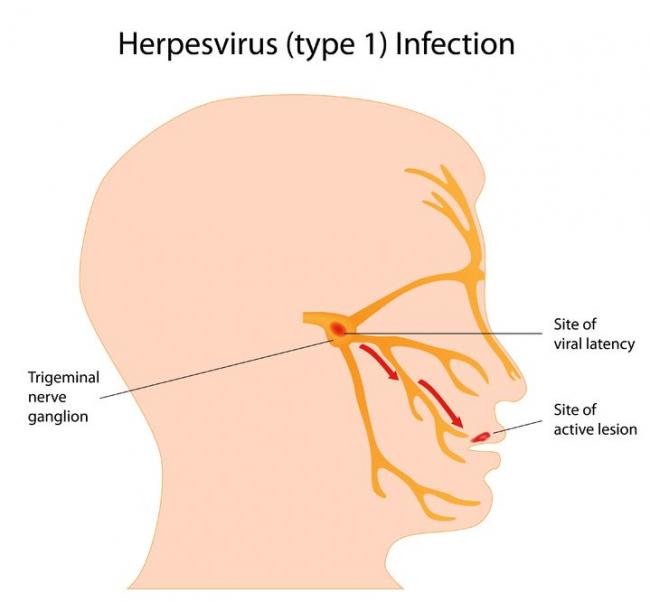News
- Use of Probiotics in the Supplementary Treatment of Asthma in Children
09 Jun 21
- NAC Supporting Fertility Treatment in Women With PCOS
09 Jun 21
- Rosemary Essential Oil to Improve Cognition and Reduce Risks of Medical Errors in Nurses
28 May 21
- Can exergaming alleviate chronic back pain?
17 May 21
- HIIT Kicks Severe Mental Illness
23 Apr 21
- Bioactive Collagen Peptides for Knee Pain
23 Apr 21
- 5-HTP as an Adjunct Treatment for OCD
05 Apr 21
- Symbiotics: new research in neuroscience and secondary cancer prevention
24 Mar 21
- Clinical Efficacy of Probiotics on Major Depressive Disorder
24 Mar 21
- Curcumin and Post Workout Recovery
05 Mar 21
- Increased Dosage of Non-Prescription Vitamin D
05 Mar 21
- Is laughter really the best medicine?
10 Feb 21
- Can Dill Seed Shorten Labour?
03 Feb 21
- Selenium & CoQ10 to support renal disease in deficient elderly.
25 Jan 21
- Does Dysbiosis Affect COVID-19 Severity?
20 Jan 21











